From Skylake To Data Center: Intel Americas GM CJ Bruno Discusses Channel Initiatives

New Products And Projects At Intel
Intel is undergoing a massive transformation with the release of Skylake, the booming data center segment, and developing trends in the client computing market.
Intel Americas General Manager CJ Bruno discussed with CRN how channel reception has been over the past few months to Skylake, Intel's new sixth-generation 14nm microarchitecture, as well as which new products are particularly popular with Intel's Technology Provider partners.
In addition to Skylake, the Santa Clara, Calif.-based company faces several other developments, including the explosion of its data center segment and collaboration with Microsoft for Windows 10 integration with the Skylake platform on PCs.
Following is an excerpt of CRN's discussion with Bruno on Intel developments over the past quarter and their impact on its channel program.
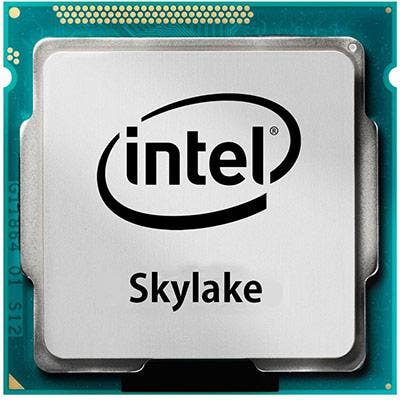
How has channel reception been to Skylake, Intel's sixth-generation 14nm architecture?
Since the introduction of the sixth-generation Intel core processor family, I'd classify the channel reception as warm. Our channel understands the fact that we're delivering a significant performance improvement on our customers' existing installment of PCs. They get the longer battery life, they get the improvements over the systems they have replaced. Coupled with Windows 10, we believe Skylake creates more positive reasons to refresh PCs that are four, five, six years old.
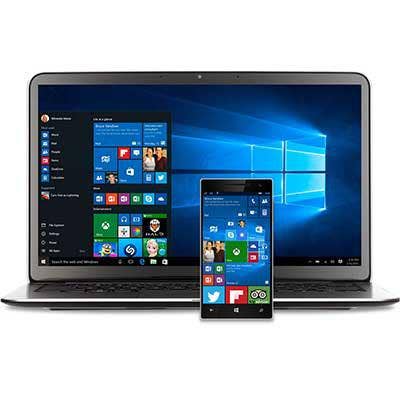
What are partners particularly excited about in terms of Skylake, along with Microsoft's new operating system, Windows 10, on PCs?
Our channel partners have seen the significant productivity improvements and capabilities. They've seen solid security improvements and new manageability benefits of this partnership.
The Microsoft team is talking a lot about the new improved Office, Cortana, and Continuum features that sit on top of our processors. Windows, for example, built Continuum's capabilities into its operating system. This means that for a 2-in-1 [device] in standard clamshell mode, the user interface looks like a standard desktop, but in tablet mode the OS converts and has a tablet-friendly feel.
On the security front -- with Windows Hello, we are now actually heading into a period where you can log into your PC with facial recognition. That has been causing a buzz in the channel.
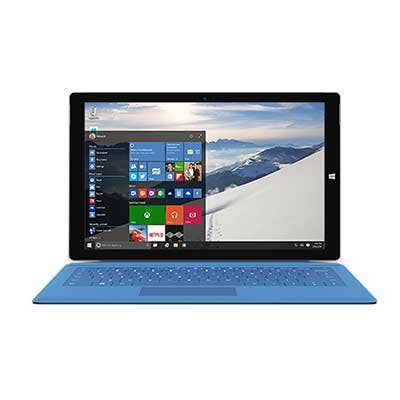
You mentioned manageability -- How do Windows 10 and Skylake work together in terms of end-user manageability?
Windows 10 contains improvements for manageability capabilities, along with Intel's active management technology [which enables IT or managed service providers to manage and repair not only their PC assets, but workstations and entry servers as well, utilizing the same infrastructure and tools across platforms for management consistency].
This allows for customers to enable more managed systems. We're bringing our active management technology and Microsoft has changed the way they do group policies and the way they manage technology. Through Microsoft Intune, for example, users can stay current on updates and manage devices more effectively, and can configure them for small businesses.
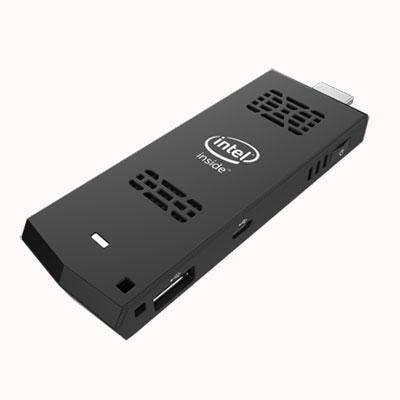
What products have been doing well in the channel?
We have a host of them -- there's so much excitement here as we innovate in the client space with small form factors, all-in-one devices, and compute sticks (pictured). It shows the massive range of product choices we're delivering.
Our wireless technology is becoming popular in the channel, particularly coupled with mainstream PCs. HP's Elite PC, for example, has our Intel Unite software in it, which sets the stage for conference room modernization. It's even more than just wireless display, it allows users to collaborate seamlessly.
The potential for TAM [total addressable market] expansion is very positive here. This technology does not just promote a replacement device, but pushes deployments of traditional computers in conference rooms.

What is the opportunity for Intel's big data segment that partners can tap into?
We're seeing a huge device transformation that's resulting in the transformation of the workplace. We want to provide the kind of service capabilities that companies need for helping with the massive transformation that's happening before our eyes. In order to help, we're totally re-architecting the data center. We virtualized the data center… and are taking it one step further to take trusted, complete storage that applications can access through an orchestration layer, so that apps can get in and out of the data center more efficiently.
The phenomenon of software-defined infrastructure is a huge driver in data center growth that we're seeing. Also, HPC is being democratized where it's not just the academic institution in a company, but we're driving HPC as an industry to the edge.
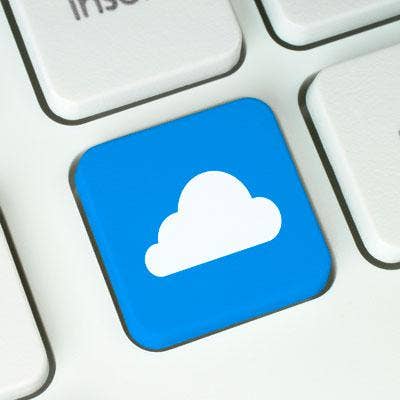
What can the channel expect with the growth of cloud computing?
The channel is seeing increased opportunities with HPC and cloud growth. They play a big role in cloud as it continues to grow and many continue to grow their cloud-as-a-service [businesses]. From a strategic perspective those things are the fuel for the channel.

What about the Internet Of Things?
The interest in the Internet Of Things is explosive. Every reseller partner we have is focusing in the vertical space picking out specific solutions to drill in on. Within those areas, we picked out specific use cases and work flows that the channel partner can fix by injecting technology into it.

Do you have any specific examples of IoT applications?
There's an infinite number of IoT solutions inside the retail vertical. Habit Burger partnered up with us using IA–based tablets to revolutionize the way they do order processing. This sent up customer satisfaction and drove down customer wait time time -- it served as a practical example in the retail segment.
Intel's channel is capable of taking IoT building blocks and enhancing certain processes. We've seen many channel partners morph their business to tap into IoT opportunities. Custom requirements for verticals -- like transportation, healthcare, and education -- lend themselves to a big channel opportunity in the IoT space.

Intel in May launched its Market Smart initiative to equip partners with content and training tools to grow their customer bases in vertical markets. How has channel reception to Market Smart been?
We wanted to step up the game for vertical opportunities by making our Market Smart initiative available to folks. So far, the channel has had a very warm reception to Market Smart. We've had 6,000 vertical trainings to date since Market Smart was announced. You can see a thirst for how to get under the hood on these retail opportunities.

What is Intel's channel strategy?
We're really seeing diverse growth in the channel. We're pleased with our results in the last quarter and the environment is ripe.
Our strategy remains consistent. We're transforming PCs and 2-1 small form factors, and channel partners that want to lead in that PC transformation can help us grow our footprint and take advantage of the data center opportunities. Partners that want to begin harvesting the IoT opportunities and want to help us grow our SSD [solid state drive] systems should be well-positioned for the holiday season.